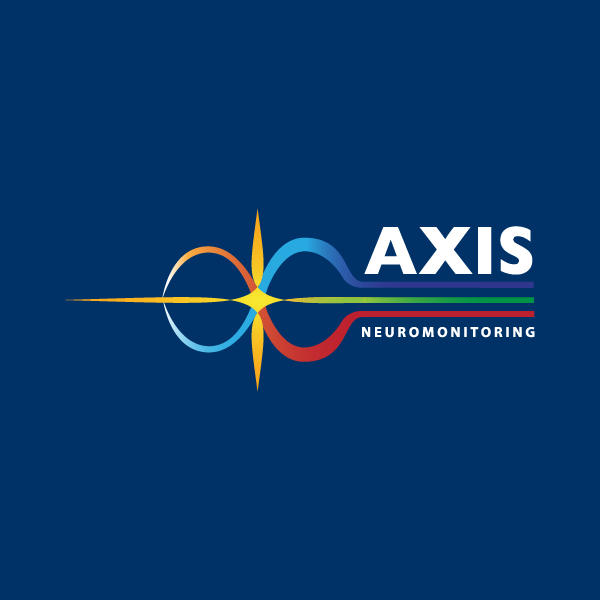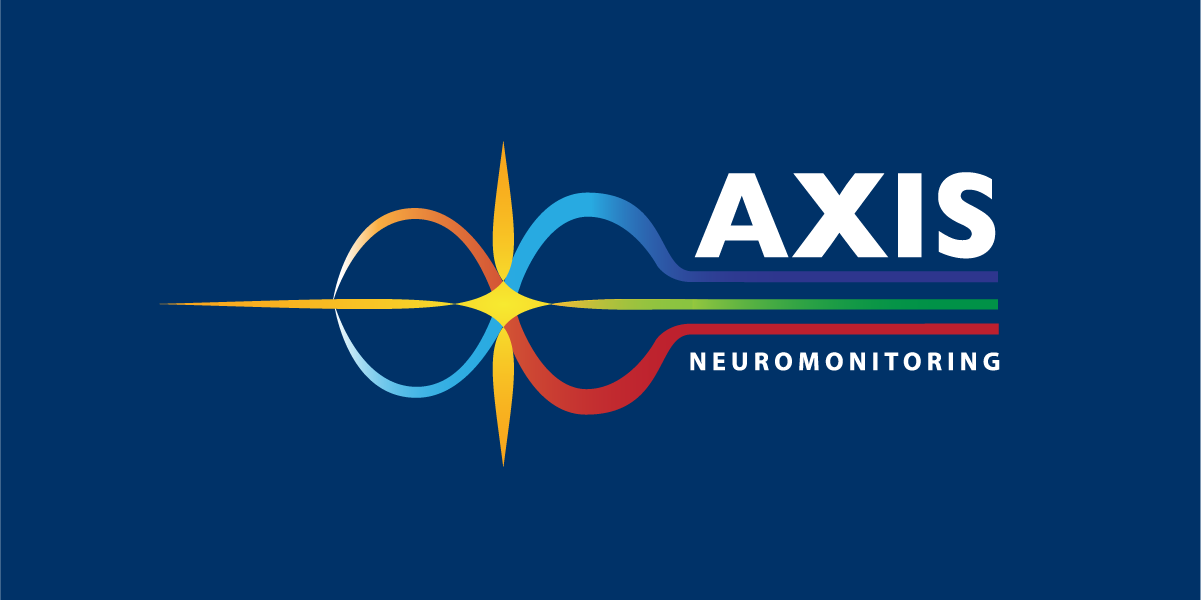Surgical Risk Mitigation with IONM in High-Profile Cases
March 31, 2025
When it comes to groundbreaking surgeries, every decision in the operating room can mean the difference between a successful outcome and life-altering complications. Intraoperative Neuromonitoring (IONM) has proven to be a critical tool in reducing surgical risks and improving outcomes in high-profile cases. By providing real-time feedback on neural function, IONM enables surgeons to make data-driven decisions, enhancing patient safety in even the most complex procedures.
The Role of IONM in Complex Surgeries
High-profile surgeries often involve working near critical neural structures, such as the brain, spinal cord, or peripheral nerves. These procedures require extreme precision, as even minor errors can lead to devastating consequences, including paralysis, sensory loss, or cognitive impairments. IONM mitigates these risks by continuously monitoring the integrity of neural pathways, and alerting the surgical team to potential issues before they become irreversible.
High-Profile Success Stories
Brain Tumor Resection: Preserving Motor Function
In cases of brain tumor resections near the motor cortex, patients face a high risk of postoperative paralysis. A surgical team could utilize motor-evoked potentials (MEPs) to monitor motor pathways in real-time. If drops in MEP signals are detected, the team might adjust their surgical approach to avoid damage to the motor cortex. This proactive strategy could help preserve motor function while achieving the goal of tumor removal.
Spinal Deformity Correction: Preventing Spinal Cord Injury
For patients undergoing spinal deformity corrections, such as scoliosis or kyphosis repairs, the risk of spinal cord injury is significant due to the extensive manipulation required. In a scenario involving a young patient with severe scoliosis requiring multi-level spinal fusion, surgeons might employ somatosensory evoked potentials (SSEPs) and motor evoked potentials (MEPs) to monitor the spinal cord’s functional integrity. If signal changes indicate stress on the spinal cord, the surgical team could adjust their techniques to prevent permanent damage.
Carotid Endarterectomy: Safeguarding Brain Perfusion
Carotid endarterectomy, a procedure to remove plaque from the carotid artery, carries risks such as brain damage and stroke. For example, IONM might be used to monitor electroencephalography (EEG) and somatosensory evoked potentials (SSEPs) to observe brain activity. If signals reveal reduced brain activity, the surgeon could modify their technique to allow blood flow to bypass the area they are working. This adjustment could ensure the procedure is completed safely, preserving critical functions and preventing brain death and stroke.
Advances in IONM Technology
The success of IONM in these high-profile cases is a testament to the advancements in neuromonitoring technology. Modern systems now integrate artificial intelligence (AI) to enhance the accuracy and speed of signal interpretation. Additionally, remote monitoring capabilities allow neurophysiologists to provide real-time support from off-site locations, ensuring access to expert guidance even in resource-limited facilities.
Why IONM is Essential for High-Stakes Surgeries
- Proactive Risk Management: By detecting potential issues early, IONM allows surgical teams to make adjustments that prevent complications.
- Improved Outcomes: Real-time feedback ensures critical neural structures are preserved, leading to better postoperative recovery.
- Enhanced Confidence: Surgeons can perform complex procedures with greater confidence, knowing they have a safety net in place.
- Patient Safety: IONM significantly reduces the risk of permanent neurological damage, providing peace of mind to both patients and surgical teams.
Redefining Safety in Complex Surgical Care
Intraoperative Neuromonitoring has proven to be a vital tool in mitigating risks during high-profile surgeries. Whether it’s preserving motor function during brain tumor resections, protecting the spinal cord in scoliosis corrections, or safeguarding brain and limb function in vascular procedures, IONM ensures safer outcomes for patients. As technology advances, IONM will continue to redefine what’s possible in surgical care, making even the most complex procedures safer and more successful.
For more information on the benefits of neuromonitoring and its role in improving patient outcomes, please contact us at 888-344-2947.
Works Cited:
https://pmc.ncbi.nlm.nih.gov/articles/PMC10480398/



